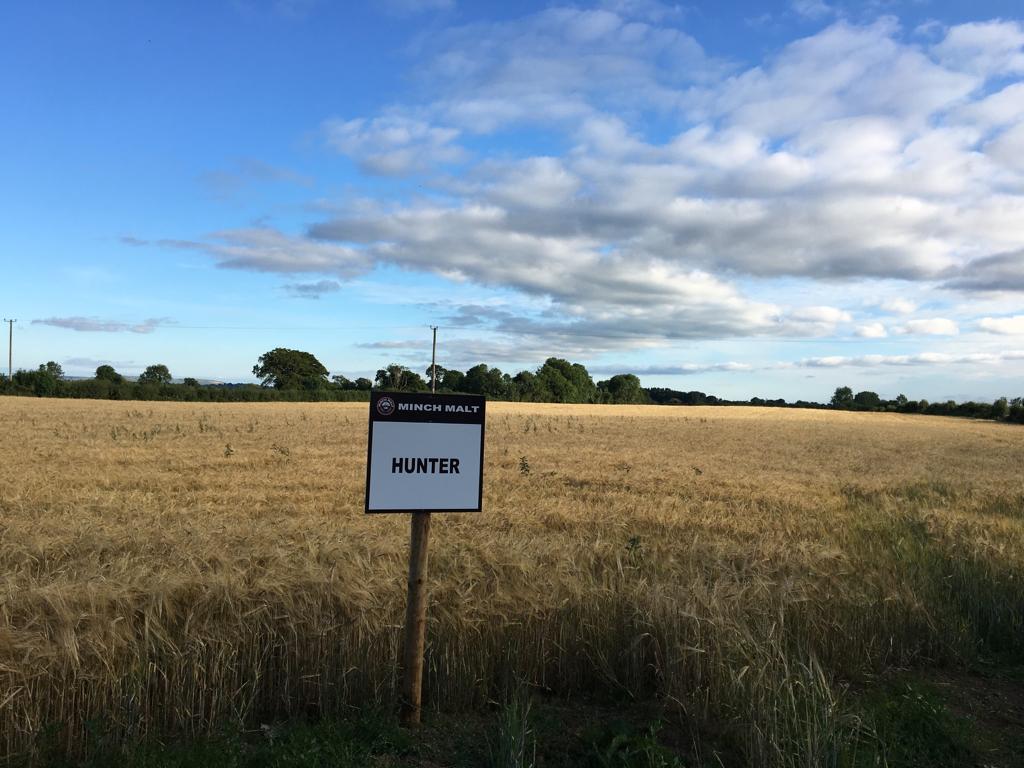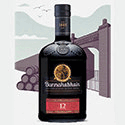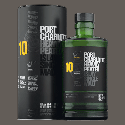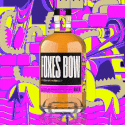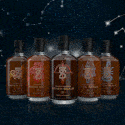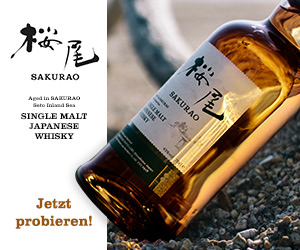Hunter-Gerste ist eine alte irische Gerstensorte, die seit 40 Jahren nicht mehr verwendet wird – weil sie nicht so ertragreich ist wie moderne Sorten. Aber, das dachte man sich bei der irischen Waterford Distillery unter der Leitung von Mark Reynier, sie dürfte geschmacklich sehr viel zu bieten haben – und deshalb hat man sich entschlossen, damit Spirit für Whisky zu destillieren.
10.000 Liter hat man jetzt davon hergestellt – als Beginn einer Serie mit Experimenten, die man mit verschiedenen alten Gerstensorten unternehmen will. Eine Presseaussendung, die wir dazu erhalten haben, erzählt weitere Details dieser interessanten Unternehmung:
WATERFORD DISTILLERY PRODUCES 10,000 LITRES OF SPIRIT FROM RARE HERITAGE BARLEY
Waterford Distillery has successfully distilled 10,000 bulk litres – totalling 50 barrels – from an unusual heritage grain that has not been available to the industry for 40 years.
The malting barley variety Hunter was named after Herbert Hunter in recognition of his enormous contribution to barley breeding at the Cereal Station run by the then Department of Agriculture and Technical Instruction (DATI) in Ballinacurra, Co. Cork. The Hunter variety was introduced in 1959, and last used in 1979 when it fell out of favour. But it is now accessible to brewers and distillers once again.
This is the first in the distillery’s planned production of spirit from newly accessible heritage grains, in a journey to explore what flavours were available in the past. Most modern barley varieties are produced with grain yield in mind, not flavour, so the distillery aims to discover if a more flavoursome whisky can truly be made from these old varieties.
Through a partnership with maltsters, Minch Malt, and following the distillery’s production of Ireland’s first organic and biodynamic whiskies, Waterford Distillery is demonstrating once again that their terroir-driven production methods places them at the forefront of a new generation of spirit distillers.
Head Brewer Neil Conway says:
“Contrary to what much of the industry is telling drinkers, flavour starts with the grain and the terroir in which it’s grown. Hunter is an old favourite, a very successful variety, so much so that it dominated for 20 years. That’s why we’re working with Minch Malt and our growers – we’re on the hunt for profound sources of flavour, even if that means going back decades to find these forgotten treasures. What’s more, we’re producing these heritage spirits on as large a scale as possible, rather than a barrel here or there, so as many whisky drinkers as possible have a chance to follow our journey.”
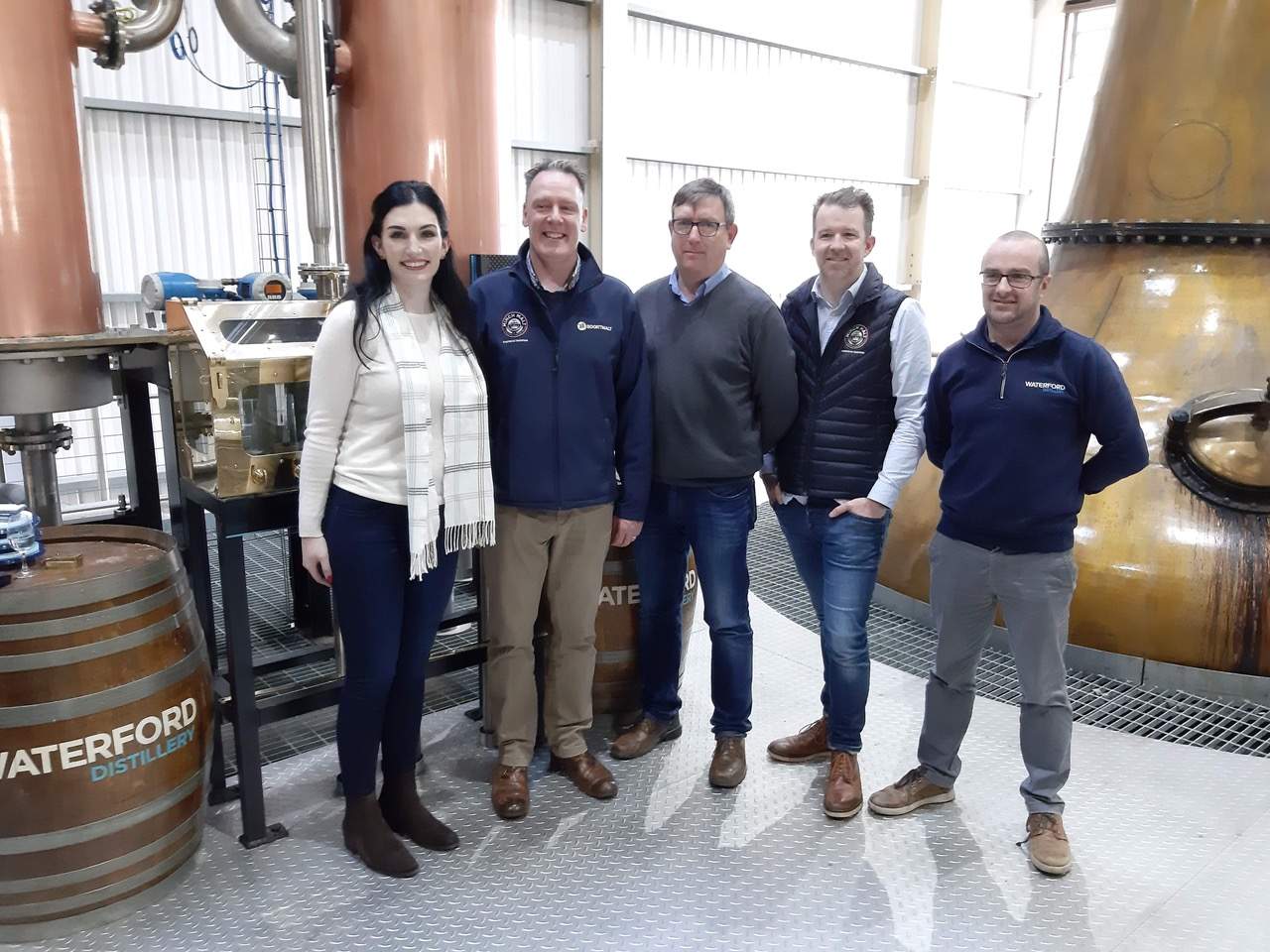
Hunter’s Background
Irish farmers grew barley from home-saved seed from the previous harvest before the development of new hybrid varieties in the early 20th Century. This home-saved seed had poor yields, highly variable from plant to plant, and from farm to farm, and dependent on the weather. Farmers struggled year on year and the crop was susceptible to the elements. Such practices were commonplace before the introduction of the Hunter variety.
Hunter is the result of a cross between Spratt Archer – which was the first hybrid variety bred by Herbert Hunter – and Kenia, a Scandinavian barley. Spratt Archer was grown very successfully in the UK but it needed Kenia’s characteristics for shorter and stronger straw to stand against the Irish climate.
Hunter accounted for 75% of Irish malting barley purchases by 1966. Hunter’s dominance of the Irish malting barley industry continued up until 1978-1979 when it was replaced by Ark Royal and Triumph both of which possessed significantly higher grain yield potential and better resistance to fungal diseases. Hunter was widely missed by brewers and distillers as it is thought to be one of the most flavoursome varieties compared to more recent varieties.
The challenge for the distillery’s maltsters, Minch Malt, was to scale up the 25g samples of the Hunter variety stored by The Department of Agriculture in Backweston Co. Dublin to 40 tonnes of barley for malting purposes, and the project has taken several years for the quantity of grain to be viable for distillation.
To accompany their regular distillation programme, Waterford Distillery has plans to distil more heritage barley varieties, including grain that has not been used in brewing and distillation for over 100 years.


